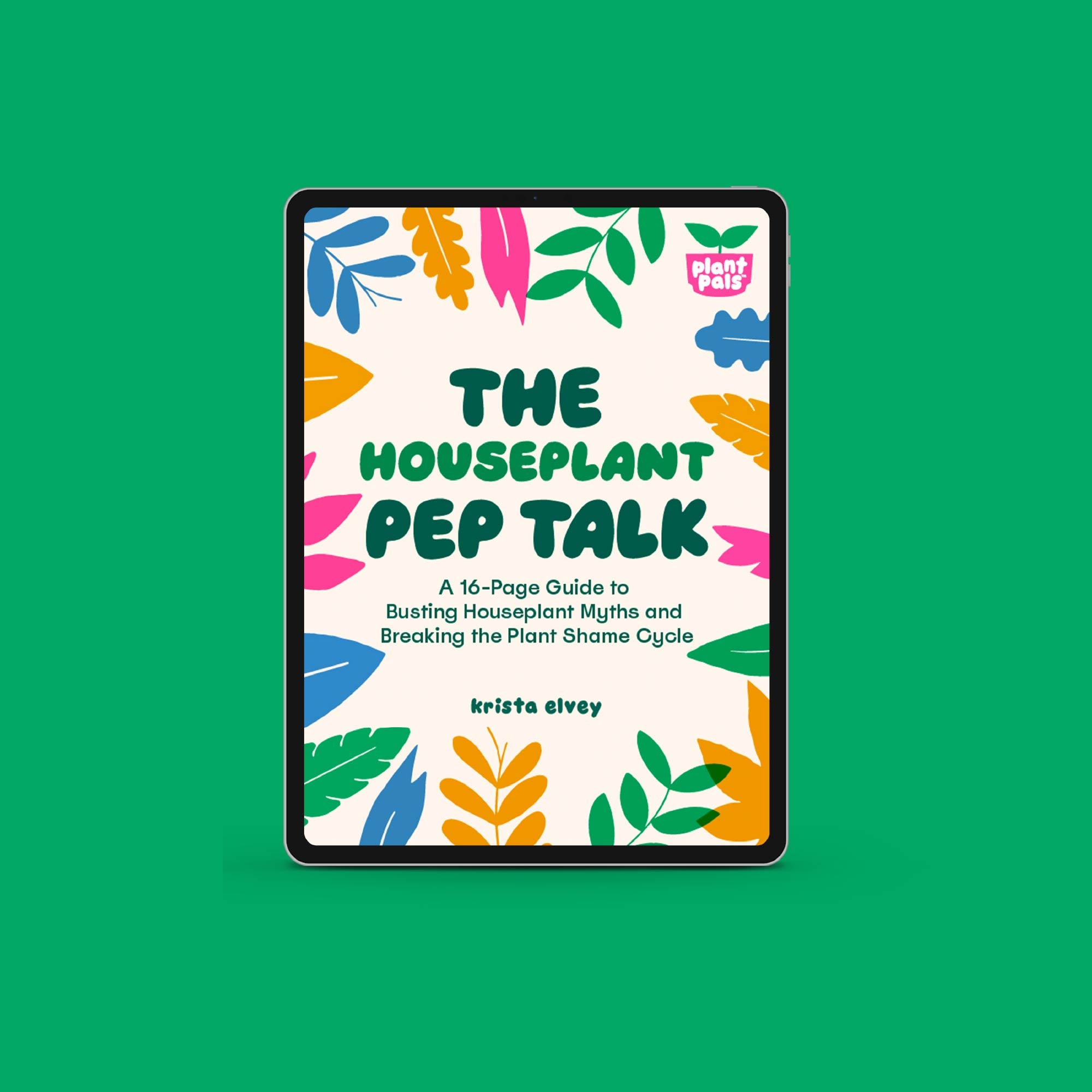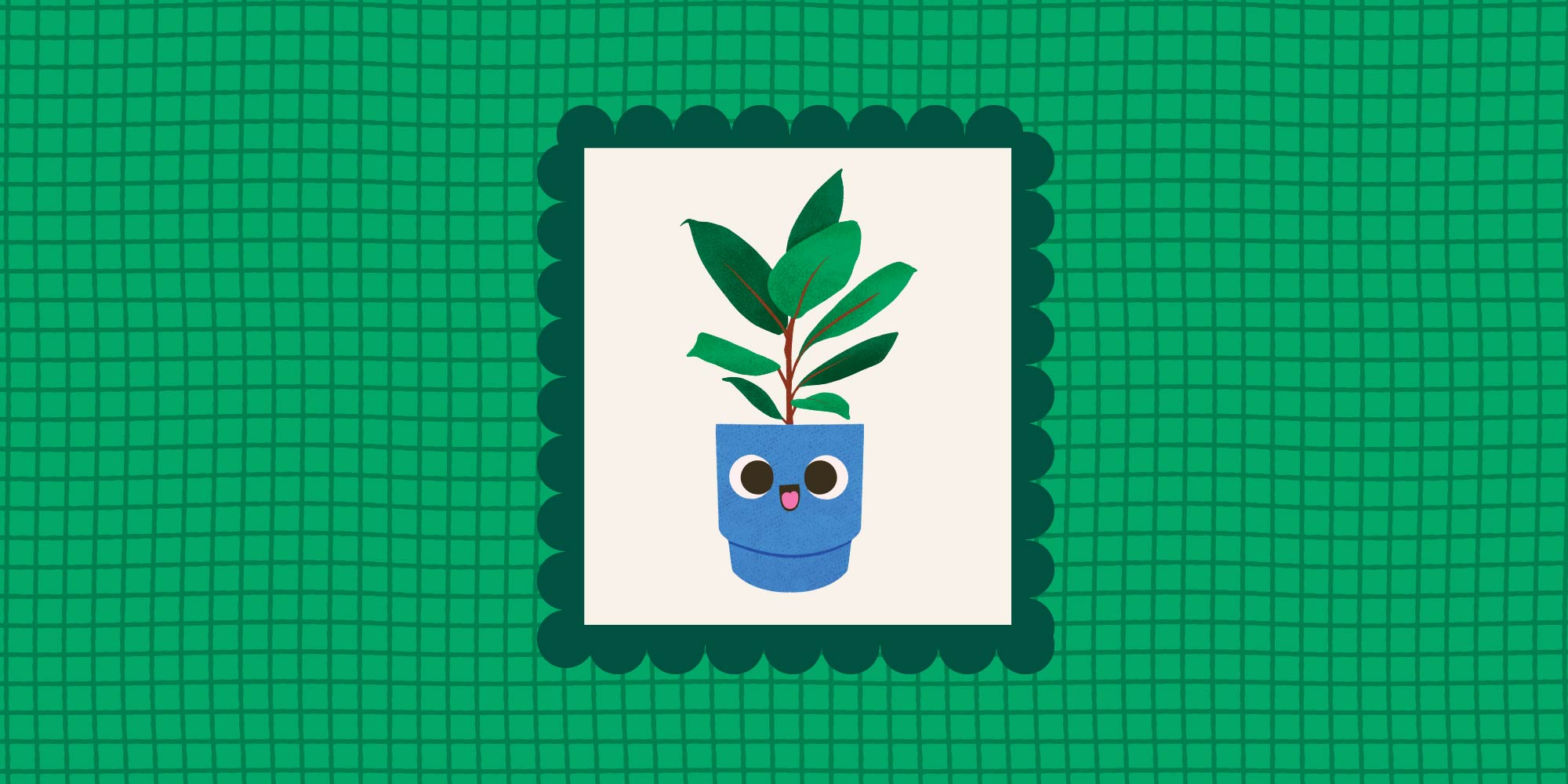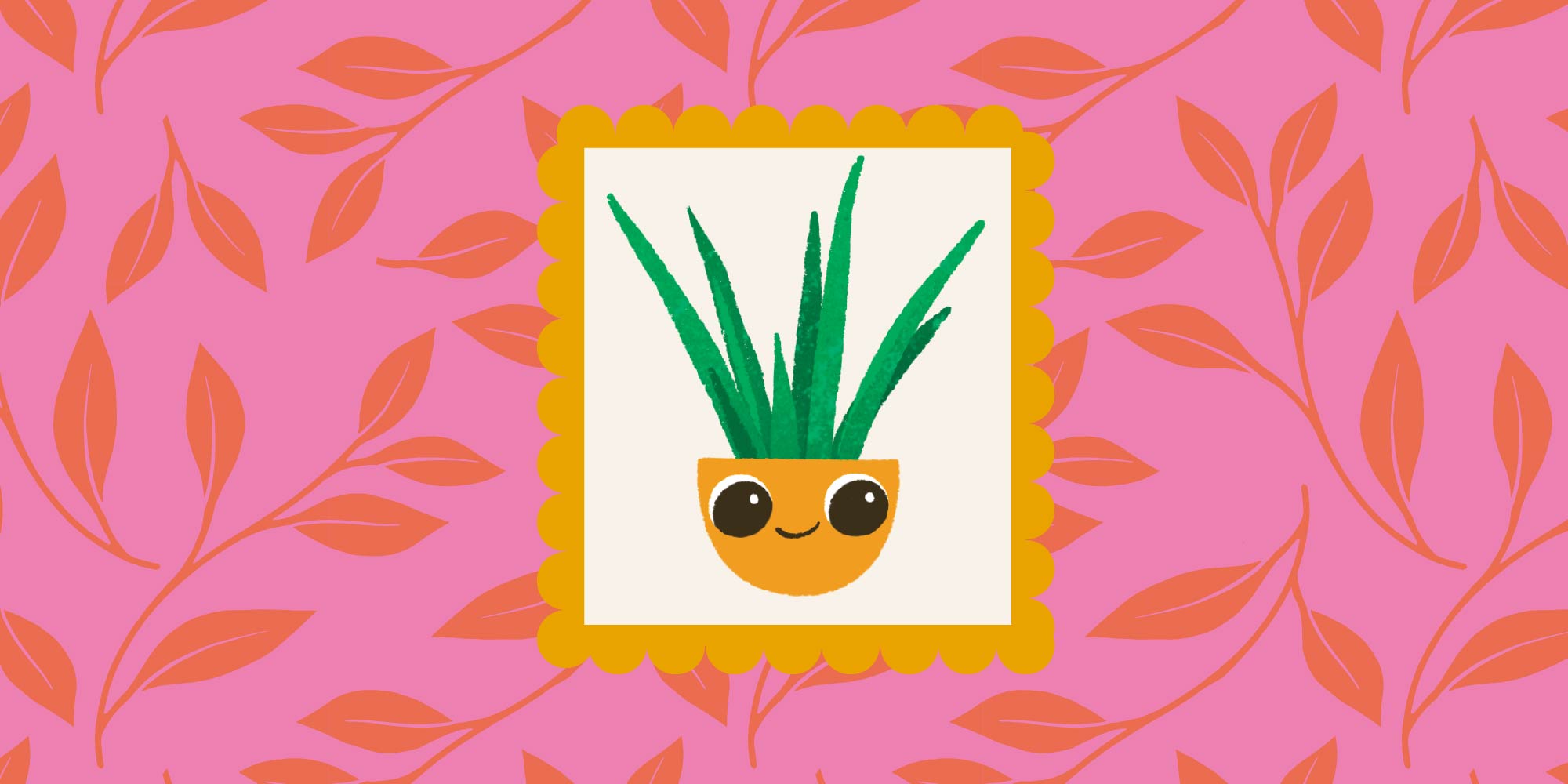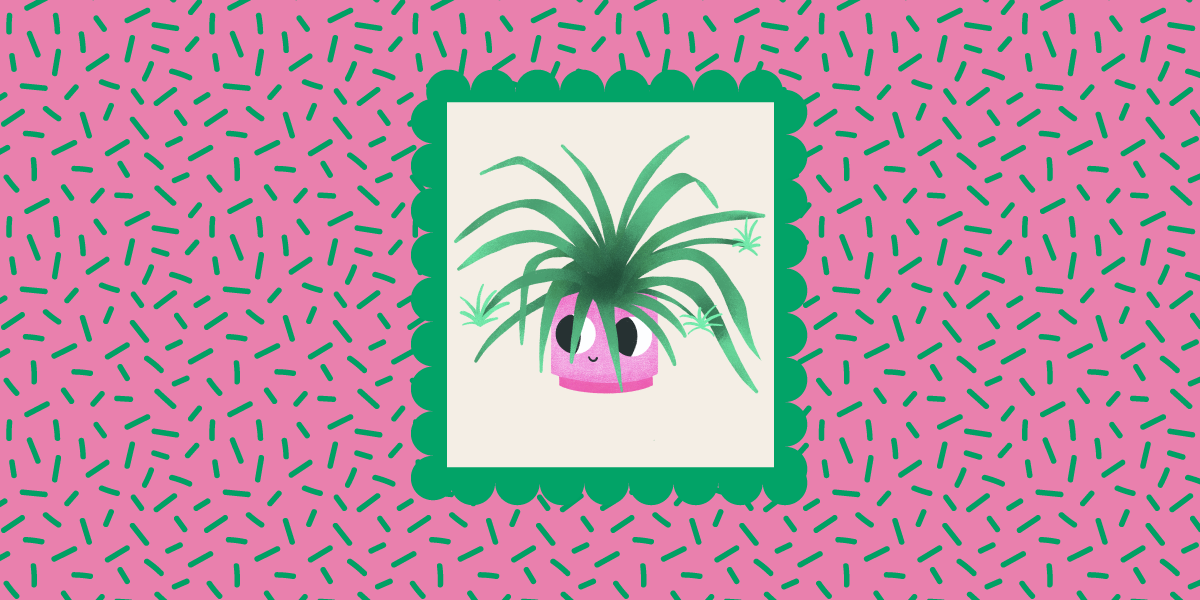Light and Houseplants: 3 Lessons Every Beginner Should Know
If you’ve ever experienced Seasonal Depression, you know how the wrong lighting can make you feel terrible. When it comes to your Plant Pals, it’s helpful to remember all the ways we’re similar to each other—that’s what the Plantastic Six Pack is all about.
Of those six, Lighting is both the most simple and the most complex. I’ve lost years of my life (and killed plenty of plants) because I didn’t understand some fundamental truths. So that’s what we’re doing now: I’m sharing the 3 lessons about Plant Lighting I wish I had learned when I was a newbie Plant Person.
Lesson 1: All indoor plants are getting less light than we think.
Science time! Our eyes can detect visible electromagnetic waves and process them as visual images—that’s how sight works for humans. Plants can detect a much wider range of waves, both visible and invisible (like ultraviolet rays). But crucially, they don’t process those waves as visual images, and they process light and other waves in order to turn them into energy via photosynthesis.
So, long story short? Humans are extremely sight-focused as a species in a way that plants are not. So even a room that seems “bright” to us may not have anywhere close to the amount of direct light your plant needs to thrive.
Just because you can see the light in a room doesn’t mean your plant can feel it.
Every time light is diffused or refracted off something else, it becomes less potent for a plant trying to absorb it. Even though light coming through windows, see-through curtains, or the leaves of a tree outside your window may be bright enough to light up your home, it’s not enough to give your plant the energy it needs.
Here’s my rule of thumb: It’s not about how much light YOU can see, it’s about how far your plant is from A DIRECT LIGHT SOURCE. What’s a direct light source? In this case, a window or a grow light.
That means that all your plants should be no further than 5 feet from a direct light source. If they’re any further than that, your plant is officially in a low light situation, and they’ll never thrive with that level of energy. Five feet or (ideally!) less!
Lesson 2: The different kinds of light levels are not a suggestion.
Just as proximity to a light source is important, so is the intensity and duration of that light. The internet is full of code phrases around lighting and plants, and it’s easy to zone out and go your own way. I did that for years, and my plants paid the price. So let’s break it down here in the clearest possible terms. There are four types of light levels that are commonly referenced:
- DIRECT LIGHT: Your plant should literally sit in a sunbeam for the majority of the day, like a happy cat. This is similar to a Desert Environment.
- BRIGHT INDIRECT LIGHT: Your plant should be as close as possible to a light source without being directly in a sunbeam. This is similar to a Rainforest Environment.
- MEDIUM LIGHT: Your plant should be around the middle of the 5-foot-from-light-source range. This one is really hard to get right, so don’t worry if you need to make adjustments. This is similar to a Forest Floor Environment.
- LOW LIGHT: Your plant is just beyond 5 feet from its light source. Very few houseplants prefer a low light environment, and this is mainly used to describe plants that are resilient enough to survive with lower levels of light than other species.
Echoing what we discussed in the previous sections, our definition of “low light” is your plant’s definition of “no light,” which means they’ll start dying. So many of my plants in odd places like windowless bathrooms or offices would wither away because they were too far from any direct light source to get the energy they needed to survive.
As a final note, keep in mind that even if your plant is really close to a window, it still may be getting medium-to-low light levels depending on what direction the window is facing, and if there’s anything blocking direct sunlight outside.
Lesson 3: How to tell if your plant is getting too much or too little light.
Beginner Plant People often make the most well-intentioned mistake. I’ve done it countless times!
You see something is wrong with your Plant Pal; there are suddenly dark spots on its leaves, or its edges are curling. And since it looks like your Pal is withering or wilting, it makes sense to give it some extra water, right?
Misdiagnosis is the fastest way to make a plant’s health go from bad to worse. If your plant is getting too much (or too little) light, water won’t help. And the opposite is true as well!
So if I knew these telltale signs, it would have stopped me from (over)watering my plants to death as my first move.
If your plant is taking in too much light, it will start to look like it’s being burned. Its leaves will turn brown, and then black. They’ll also get thinner and less stable-looking overall. Move it further from the light source (or out of direct light) and see how it responds.
If your plant is not taking in enough light, it will stop generating new growth of buds and leaves. Its colors will look dull and faded, and in extreme cases, your plant will literally start leaning at an angle to get closer to the light. That’s your cue to bring it closer!
How can all this help you today?
With these lessons in hand, you can feel confident that your plants are getting the light they need to thrive. Once the information here has become second nature to you, it’ll take the guesswork out of knowing how much light is enough for your plants.
It’ll also stop you from pursuing some of the bad habits I picked up along the way, like putting your plants way further from your light sources than you should. (Goodbye, office succulent. You deserve better.)
If I had these lessons years ago, I’d have been able to make better choices for my home and the plants in it. Now, that knowledge is yours!
If you want to keep on growing, catch up on the other Plantastic Six Pack blogs here, and you’ll have nothing to fear!



